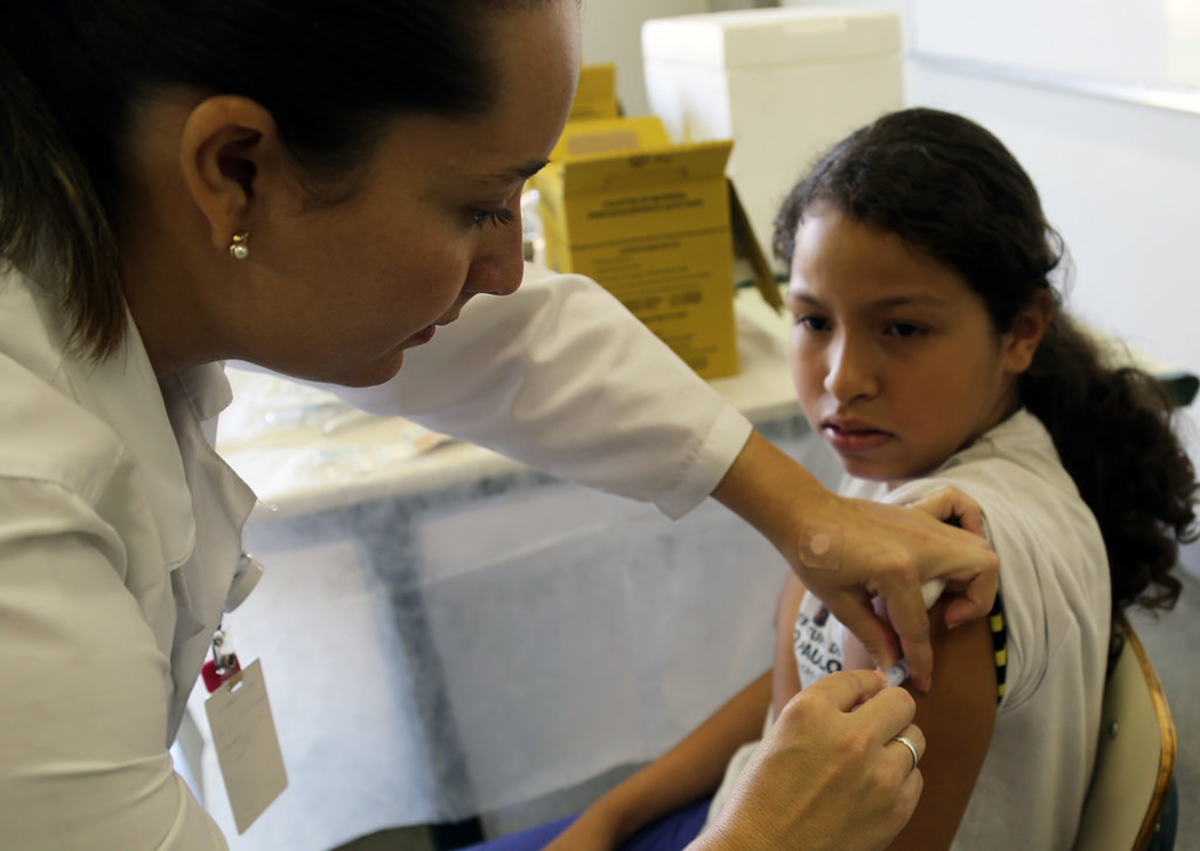Table of Contents
Human papiullomavirus, also known as HPV, is probably the most common sexually transmitted disease in the world. Just in the United States, the CDC estimates, 1.6 million people have genital herpes, 1.6 million people have chlamydia or gonorrhea, but 20 million are infected with HPV, and before the introduction of the Gardasil vaccine, another six million were infected with HPV every year.
The virus is more common in the United States than other countries, but another 10 million people worldwide have symtpoms of infection. HPV infections are also relatively common in Scandinavia, where they are found in about 7 percent of the population. The virus is most frequently found in young, sexually active females aged 15 to 34, in proportion to how often they have sex, but not in proportion to how many partners they have. In some communities in the US and Europe, up to 25 percent of the population has anogenital HPV.

Not everyone who is infected with HPV develops cancer. However, nearly every woman who develops cervical cancer first had an HPV infection, as did:
- 90 percent of persons (most commonly men) who develop anal cancers,
- 40 percent of women who develop vulvar cancers,
- 40 percent of women who develop vaginal cancers,
- 12 percent of men and women who develop thorat cancer, and
- 3 percent of men and women who develop oral cancer.
Aren't There Side Effects To Gardasil?
- Laurie Markowitz, M.D. Common Questions About 9-Valent HPV Vaccine. CDC Expert Opinion. http://www.medscape.com/viewarticle/846509. Accessed 2 July 2015.
- Photo courtesy of PAHO/WHO via Flickr: www.flickr.com/photos/pahowho/13383711693
- Photo courtesy of Manuel Medina (Patólogo) via Flickr: www.flickr.com/photos/97815254@N06/9438070523


Your thoughts on this